Achieving a Shared Understanding
Achieving a shared understanding with subordinates is important to ensure that everyone is aware of the goals and mission of the unit and organization. This creates an environment where subordinates are comfortable and empowered to develop. It consists of six steps that form an iterative loop, called the Sensemaking Loop. Sometimes you go through the sequence very quickly, skipping some steps, or you may need to go through the loop several times until you achieve clarity and a shared understanding.
1. Paying Attention

Begin the Sensemaking Loop by paying attention.
In this step, slow down. Take time to focus your energy on what’s being said or transmitted. Many times, leaders rush to come up with a quick solution, only to spend time fixing the undesired results. When there’s too much information and data, take time to process it all.
Take time to ask powerful questions that challenge others’ assumptions. Take time to perceive what others are telling you by actively listening to their responses. Build your framework of understanding. Involve outsiders to get a fresh look at the problem.
2. Personalizing
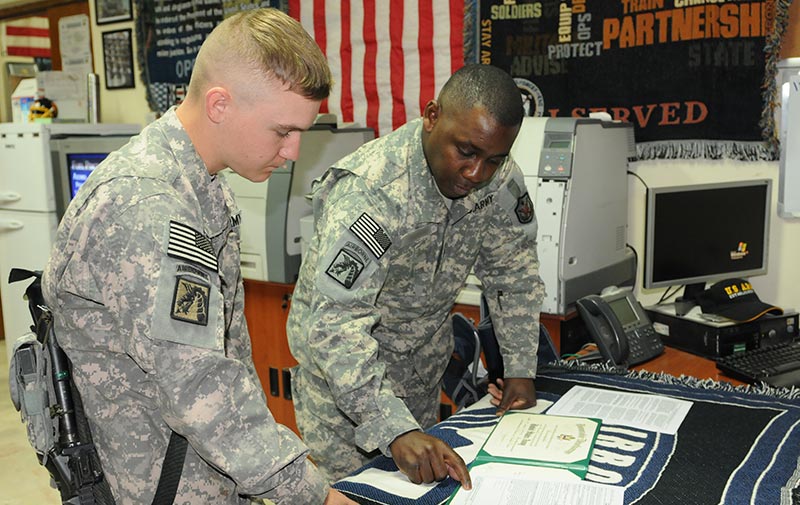
Personalizing means developing new perspectives and insights by framing them within the context of personal life experiences. Think of it as putting your own personal spin on the issue or challenge facing you. Do this by:
- Attempting to develop new insights and perspectives on challenges by bringing to bear your life experiences and values.
- Drawing on your outside hobbies or interests.
- Fostering a climate that encourages others to personalize.
3. Imaging
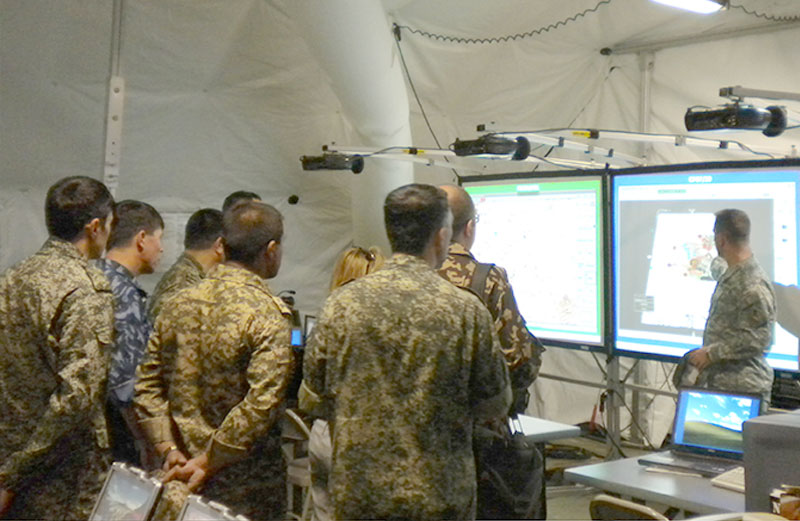
The world is a multidimensional experience. Imaging is using the representation, evolution, and communication of ideas through various media such as pictures, stories, metaphors, and other aural and visual methods.
The old saying that “A picture is worth a thousand words” is quite often true. You can often refine or re-define your framework of understanding when you involve imagery.
Try using mind maps, conceptual drawings, schemas, and fishbone diagrams – any method that makes an idea more explicit by using a representational form.
4. Serious Play
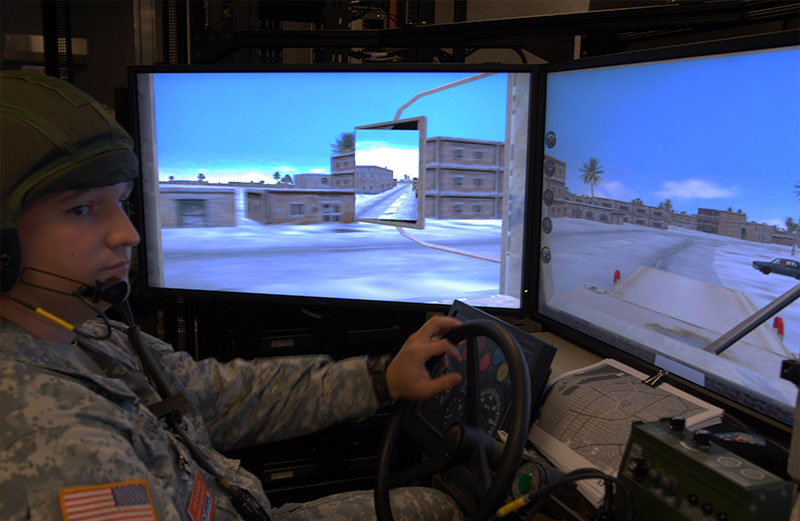
Serious play is the generation of knowledge through free exploration, improvisation, and experimentation. Serious play is not comic diversion or child-like play. It needs to have a positive effect on gaining an understanding. The purpose of serious play is to help you discover new possibilities, new solutions, and the identification of true root causes.
When you embark on serious play, open your mind to newness. Look at things from a fresh perspective. It may be cliché now, but think “outside the box.” One good way to do this is to look at things as a beginner or child might. You can even involve beginners. Be creative and different; for example, during your welcome to new Soldiers in your unit, describe an unresolved challenge the unit is dealing with. Give them time to talk it over among themselves and come back to you with a recommendation.
Foster a climate where there’s sharing of ideas and experiences between yourself and your subordinates.
5. Co-Inquiry
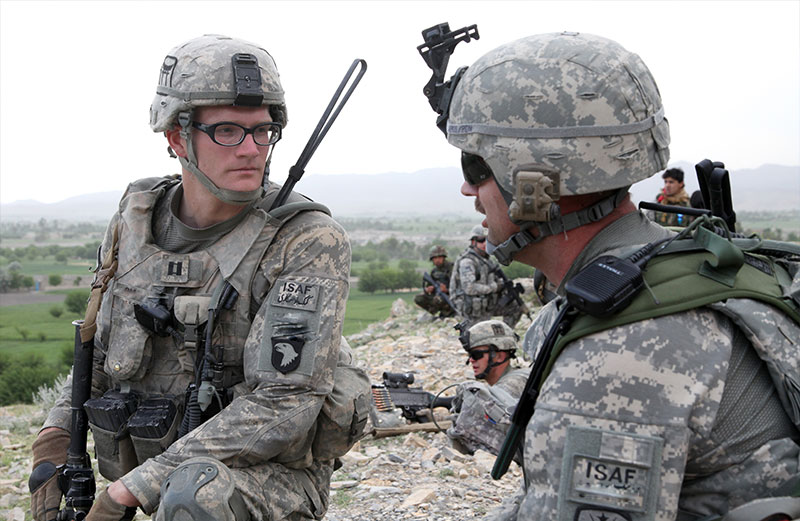
Co-inquiry is a sustained dialogue between all stakeholder parties to address a challenge or issue.
Creative leadership comes from a community of people pursuing a shared interest and understanding.
Foster a climate that encourages the creative exchange of ideas, playful skepticism, challenging questions, and several different perspectives. You may have to overcome barriers to this in an organization such as the Army. Hierarchy, egos, status, and power may need to be put aside to make co-inquiry work. Think of everyone as being equal in the shared understanding sensemaking process.
6. Crafting
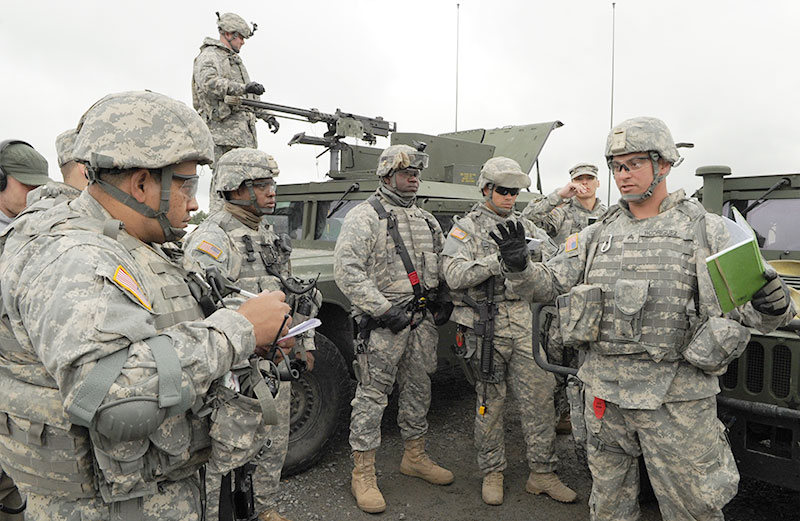
Crafting is the final step of sensemaking, bringing everything together. It’s the synthesis of issues, objects, events, and actions into a meaningful whole. You may skip some of the previous steps, but crafting is always the final step. It’s the culmination of your efforts in the previous five steps of sensemaking.
In crafting, you don’t simply fall back on the same old solutions to problems and issues. You bring something new and evolutionary to the table. It involves integrating, shaping, and forming an understanding.
You may go through the sensemaking loop several times before crafting is complete, but the result is a shared understanding of the issue and a clear vision of the solution.